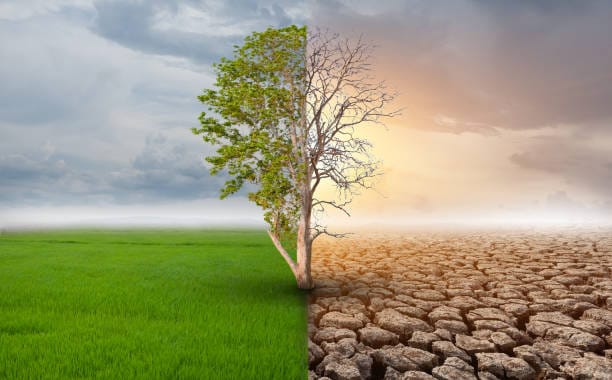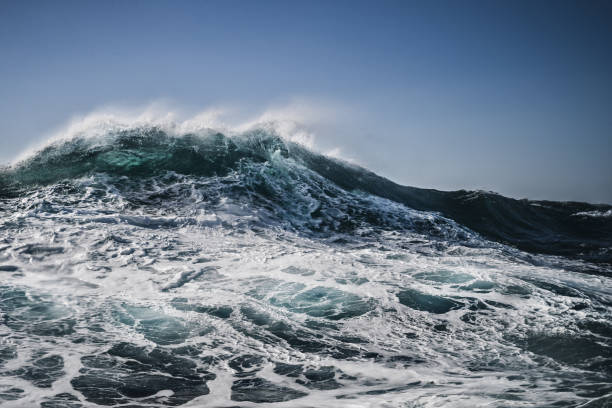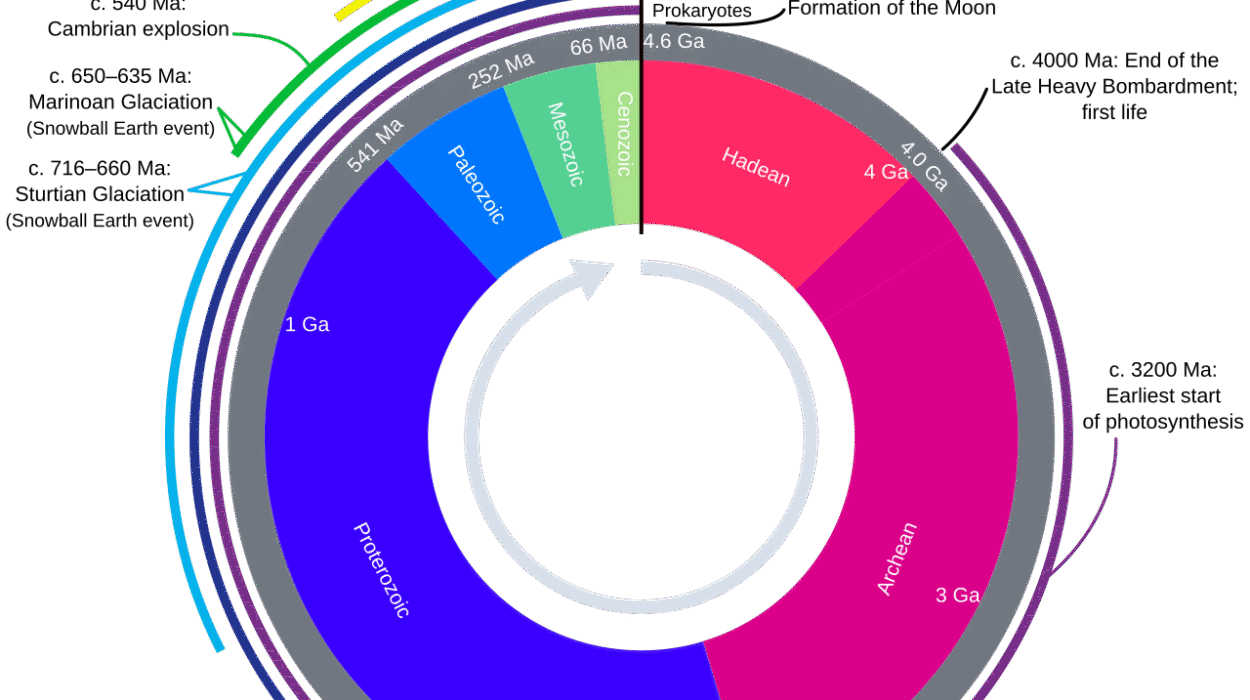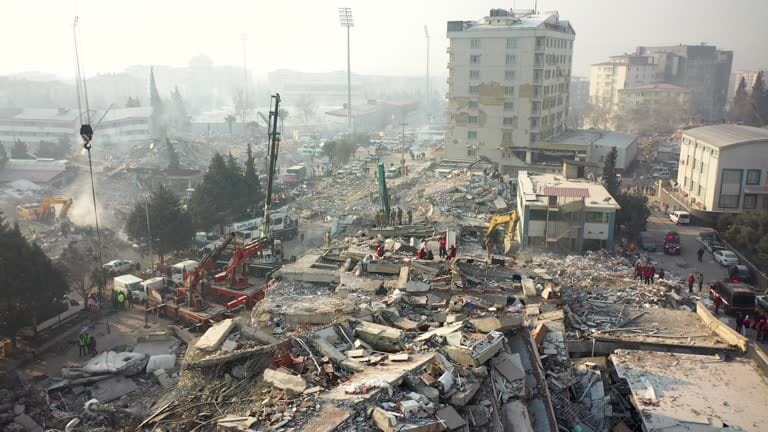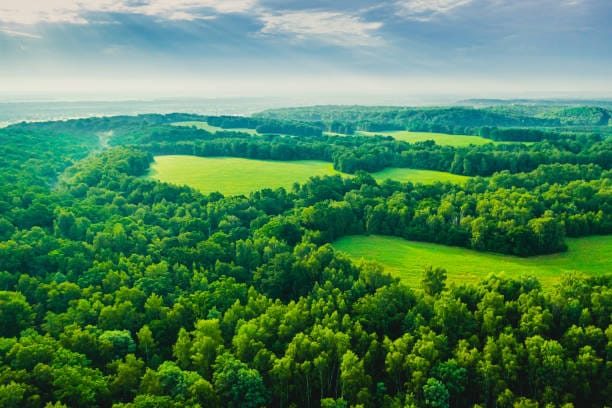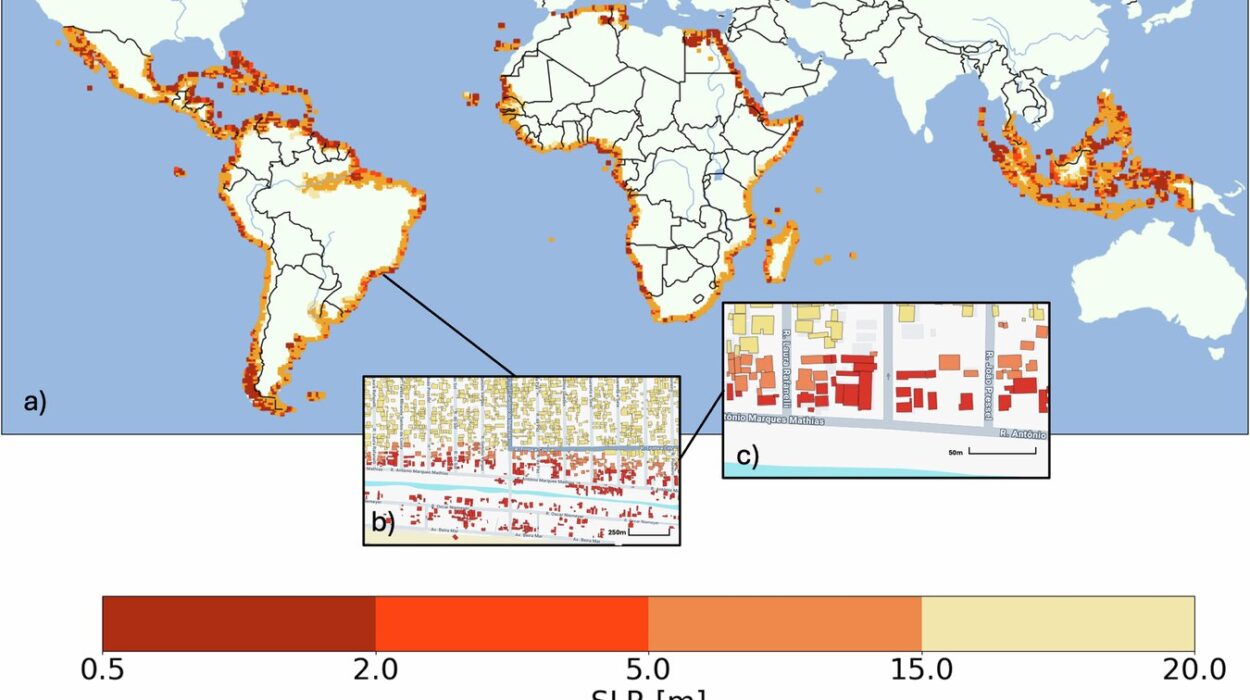It’s no longer a distant drumbeat. Climate change is not a far-off apocalypse wrapped in the haze of science fiction. It is here, it is violent, and it is happening faster than we ever imagined. The air we breathe, the food we grow, the oceans that once fed our ancestors—all are changing in rhythm with a warming Earth. And every fraction of a degree matters.
This is not a tale of doom. It is a call for understanding—deep, visceral understanding—of the reality unfolding around us. Beneath every number is a story. Behind every glacier lost is a lifeline cut. And inside every rising wave is a warning we can no longer afford to ignore.
These are not just facts. They are the cries of a feverish planet. Listen closely.
1. The World Is Getting Hotter—Faster Than Ever Before
Global temperatures have already risen by about 1.2°C above pre-industrial levels. That might not sound like much on paper, but this isn’t just about feeling a bit warmer in summer. This is the Earth’s vital signs in red.
Every tenth of a degree carries consequences. The last nine years have been the hottest ever recorded in human history. Heatwaves that once occurred once a century are now happening every few years. 2024 witnessed record-shattering temperatures from Southern Europe to South Asia. Cities like Delhi and Phoenix are now experiencing temperatures above 50°C (122°F)—not just uncomfortable but deadly.
And here’s the kicker: the pace is accelerating. What used to take centuries is happening in decades. The planet’s fever is spiking, and there’s no cooling towel big enough to cover this.
2. Arctic Ice Is Vanishing—And It’s Not Just a Polar Problem
The Arctic used to be a white, frozen crown atop the world. Today, it’s bleeding blue. Arctic sea ice is disappearing at an alarming rate. Since 1979, summer ice extent has dropped by more than 40%. Entire ecosystems are collapsing with it.
But this isn’t just a tragedy for polar bears. The loss of ice affects the entire planet. Arctic ice reflects sunlight back into space. As it melts, dark ocean water absorbs more heat, accelerating warming—a vicious cycle known as the ice-albedo feedback loop.
More heat, less ice. Less ice, more heat. It’s the planet eating its own protection.
Rising Arctic temperatures are also linked to shifts in the jet stream, causing extreme weather events thousands of kilometers away. The cold snaps in Texas, the torrential floods in Germany, the scorching heatwaves in Canada—they all whisper the name of a melting Arctic.
3. Sea Levels Are Rising—and Millions Are Already at Risk
The ocean has begun its slow, inexorable invasion of the land. Sea levels have risen about 8 inches (20 cm) since 1900. That may seem small, but the implications are anything but.
This rise is accelerating, with projections showing an increase of 1 to 3 feet (0.3 to 0.9 meters) by the end of this century—potentially more if polar ice collapses. Cities like New York, Jakarta, Mumbai, and Miami are on the frontlines. For some island nations, like the Maldives or Tuvalu, this isn’t a warning. It’s a death sentence.
Saltwater is creeping into freshwater aquifers, ruining farmland and contaminating drinking water. Entire communities are becoming climate refugees, forced to abandon their homes not to war, but to water.
The ocean, once our gateway to discovery, is now knocking on the door like a rising tide with nowhere to drain.
4. Climate Change Is Supercharging Natural Disasters
Storms are getting stronger. Droughts are getting longer. Wildfires are becoming infernos.
Climate change isn’t just a background force—it’s a steroid shot into the heart of every natural disaster. It’s not that hurricanes didn’t exist before; it’s that they’re now larger, wetter, and slower, causing unprecedented damage. Hurricane Harvey (2017) dumped more than 60 inches of rain on Texas. Cyclone Mocha in 2023 devastated parts of Myanmar with winds of 150 mph.
The physics is simple: warmer air holds more moisture. That means when it rains, it floods. Warmer oceans feed stronger storms. Drier forests ignite more easily.
Australia’s Black Summer fires in 2019–2020 killed or displaced 3 billion animals. California’s fire seasons now have no real beginning or end. And regions like the Mediterranean are burning in places that once only knew the heat of the sun, not the fury of flame.
Each disaster has a human face: a child in a flooded village, an elderly person trapped in a heatwave, a farmer watching cracked soil where crops once grew.
5. Biodiversity Is Collapsing—Species Are Vanishing in Silence
We are living through the Sixth Mass Extinction, and climate change is speeding up the roll call of the vanished.
Warming temperatures shift ecosystems. Species adapted to specific climates can’t always move or evolve fast enough. Coral reefs are dying in vast bleaching events, their vibrant colors fading to white ghosts. These reefs—often called the “rainforests of the sea”—support 25% of all marine life. Their collapse is not just aesthetic. It is ecological genocide.
Insects—the foundation of food chains—are disappearing. Birds are migrating too early or too late. Amphibians are caught in climate traps. Polar bears, snow leopards, elephants, bees—icons of wilderness—are under threat.
But extinction is often silent. It doesn’t make headlines. It doesn’t get a funeral. It just happens. A species that took millions of years to evolve vanishes in the blink of a policy cycle.
6. Food Security Is Teetering on the Edge
The earth feeds us, but it can no longer promise abundance. Climate change is attacking agriculture from all sides—drought, floods, pests, heatwaves.
Yields of staple crops like wheat, maize, and rice are declining in many regions. In 2022, India banned wheat exports due to heatwaves that decimated its harvest. In Africa, the Horn of Africa is facing one of its worst droughts in 40 years, plunging millions into hunger.
Climate shifts are altering planting seasons, killing pollinators, and reducing soil fertility. More carbon dioxide can stimulate plant growth in some cases, but it also reduces nutritional value—leading to crops with fewer vitamins and minerals.
Fisheries are collapsing as oceans warm and acidify. Livestock are dying from heat stress and water scarcity.
And who suffers most? The poorest, who already live closest to hunger. This is not a future crisis. It’s a present reality. One in nine people globally is undernourished, and climate change is pushing that number upward.
7. Water Is Becoming Scarcer—Even as Floods Increase
The paradox is cruel: too much water, and not enough.
Climate change is causing extreme rainfall events and prolonged droughts, often in the same regions. Rivers that once flowed year-round now run dry for months. Glaciers—natural reservoirs for billions—are retreating. The Himalayan glaciers, which feed major rivers like the Ganges and the Indus, are disappearing at rates faster than any point in the last 2,000 years.
Aquifers are being depleted. Deserts are expanding. Cities from Cape Town to São Paulo have faced Day Zero—when the taps run dry.
Yet when the rain comes, it often comes as flood. Infrastructure collapses. Diseases spread. Livelihoods are washed away.
Access to clean, safe water may become the defining conflict of the 21st century. And in many regions, it already is.
8. Human Health Is Under Threat
A changing climate is making us sicker.
Heatwaves cause direct deaths, especially among the elderly, infants, and those with chronic illnesses. In 2022 alone, extreme heat claimed tens of thousands of lives in Europe, and this trend is only rising.
But heat is just one angle. Climate change is expanding the range of vector-borne diseases. Mosquitoes that carry malaria, dengue, and Zika are thriving in new, warmer territories. Ticks carrying Lyme disease are moving northward. Waterborne diseases spread faster with flooding.
Air pollution, worsened by fossil fuel use and climate feedback loops, kills 7 million people annually, according to the WHO. That’s a silent epidemic.
Mental health, too, is fraying. Anxiety about the future, trauma from disasters, displacement from homes—it’s all part of the climate health crisis. The term “eco-anxiety” is no longer just theoretical. It’s being felt in clinics, classrooms, and communities.
9. Inequality Is Deepening
Climate change is not the great equalizer—it is the great divider. The irony is bitter: those who contributed least to the crisis are paying the highest price.
Small island nations, low-income countries, and Indigenous communities are on the frontlines of climate impacts, often with the fewest resources to adapt. A single flood can push millions back into poverty. A drought can undo decades of development.
Women and children are disproportionately affected. Migrants face violence and exploitation. The climate refugee crisis is growing, with the World Bank estimating that over 200 million people could be displaced by 2050.
Meanwhile, the wealthy can buy their way out—air-conditioned homes, food security, political protection. The climate crisis is layered atop centuries of injustice, and it is amplifying every fault line.
This is not just an environmental issue. It is a justice issue. A moral issue.
10. Tipping Points Are Looming—And They May Be Irreversible
Perhaps the most terrifying truth is this: there are limits to Earth’s resilience.
Scientists warn of tipping points—thresholds where systems shift dramatically and irreversibly. The collapse of the West Antarctic Ice Sheet, the dieback of the Amazon rainforest, the thawing of permafrost releasing vast amounts of methane—all are potential tipping points. Once triggered, they can cascade into others, creating runaway effects that spiral beyond human control.
We don’t know exactly when these will occur. But every year of delay increases the risk. These are not plot points in a sci-fi novel. They are moments of truth in our living Earth.
We are closer to these edges than we think. And we may already have crossed some.
A Future Still Worth Fighting For
If this article fills you with fear, good. Fear is the body’s way of saying something matters. But let it also fill you with resolve.
Because here’s the deeper truth: we are not powerless.
We have the science. We have the technology. We have the knowledge. What we need now is courage, cooperation, and conviction. Every degree of warming we prevent matters. Every tree planted, every fossil fuel left in the ground, every voice raised for justice—it all matters.
Climate change is not just a story about destruction. It is also a story about who we are—what kind of ancestors we will be, what kind of world we want to leave behind.
The planet is speaking. And it’s not whispering anymore.
Are we finally ready to listen?
